I think many readers will agree that chocolate is one of those things that has the capability to cheer anybody up. It is sweet, delicious, and smooth, and it comes in hundreds of forms, varieties, and textures. Of course, we know the relationship between chocolate and happiness runs deeper than that, and dwelves into the world of chemistry: cocoa, hence chocolate, contains substances that help produce endorphins, endogenous opioid neuropeptides with the duty to stop the pain and have, as a side effect, the benefit to make us euphoric. Do you want to learn about Italian chocolate?
There is more: chocolate may be able to lend us a hand in the bedroom, too! It contains phenethylamine, a natural monoamine alkaloid strictly related to what we feel when we are in love and well… get intimate with someone. This last aspect was known already too good, old Giacomo Casanova, who would use it as a mild aphrodisiac with his conquests.
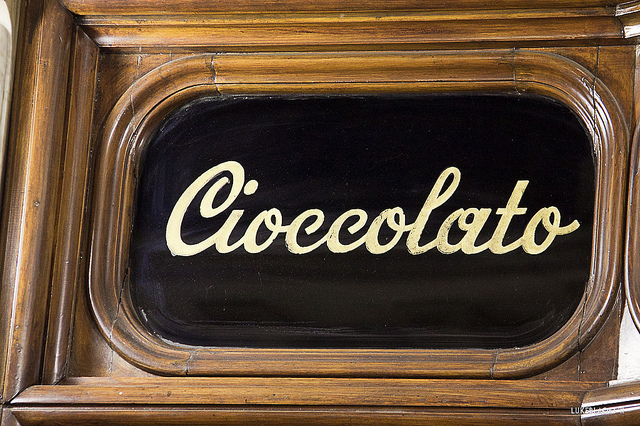
No wonder its botanical name, theobroma cacao, means “food of the gods…”
Italian Chocolate
But what is the place of Italy in the history of delicious chocolate and what do we know about Italy’s most famous chocolate producers?
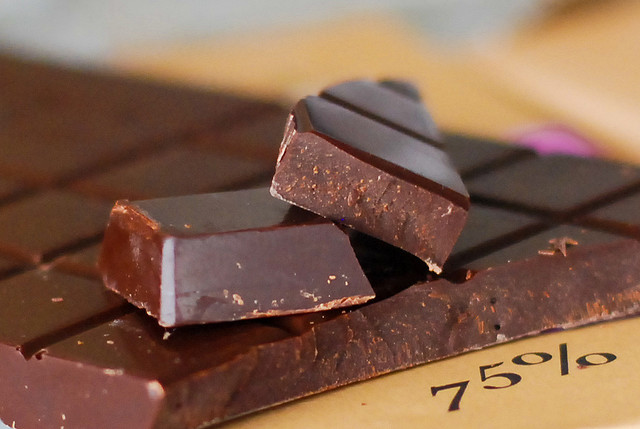
The history of the Italian chocolate
“Kakawa” – this is the proto-Amerindian word with which cocoa was initially identified – comes from the Americas. Very likely, the first to grow it as a culture were the Mayas around 1000 BC. Linneo, in the 17th century, gave cocoa its scientific name, theobroma cacao, which means “food of the gods.” Cocoa seeds were important to pre-Colombian cultures as food and as a symbol of prosperity during religious rituals. Cocoa was also used as a medicine: no wonder it had currency value. Many assume cocoa reached Italy through Cristoforo Colombo‘s ships, others say it was Cortés to bring it to Europe first, but very little is actually known about this essential moment of the history of chocolate. The first document attesting the presence of cocoa in Europe, more precisely in Spain, dates back to 1544.
Europeans were not initially mad about cocoa: it had a very bitter taste and was not particularly appreciated. Then someone had the idea to add some sugar to it and chocolate as we know it was born. It was a Florentine, Francesco Carletti, the first to make cocoa beans import a lucrative business, and soon (we are now in the 17th century) Italy began producing chocolate on a larger scale. Florence, Venice, and Turin started exporting their chocolate before anyone else in the country. In Turin, a common Turinese belief says, the snow and cold of alpine Winters brought to the creation of “cioccolata calda,” Italian hot chocolate, the sale of which was officially allowed by the Savoias in 1678.
The creation of the chocolate bar was the next big thing in the history of chocolate making. Many countries have contributed to it, Italy included: it was, in fact, Bozelli from Genoa, to create a machine in 1802 that allowed to quickly refine cocoa paste and mix it with sugar and vanilla. A bunch of years later, in 1819, Swiss-born François-Louis Cailler perfectioned the recipe used by Bozelli to make his praline-like mix, making it softer and creating the basis for chocolate bars.
The oldest chocolate factories in Italy were founded between the end of the 18th century (the first artisanal Majani’s lab was created in 1796, in Bologna) and the mid-19th century, when some of the greatest names of Italian chocolate making started up: among them Caffarel, Pernigotti, Streglio, Peyrano and Venchi, all of them from Turin. In the first decade of the 20th century, came Perugina and Novi. Italy had established itself as a world chocolate-producing giant.
Italian Chocolate – Famous Chocolate brands in Italy
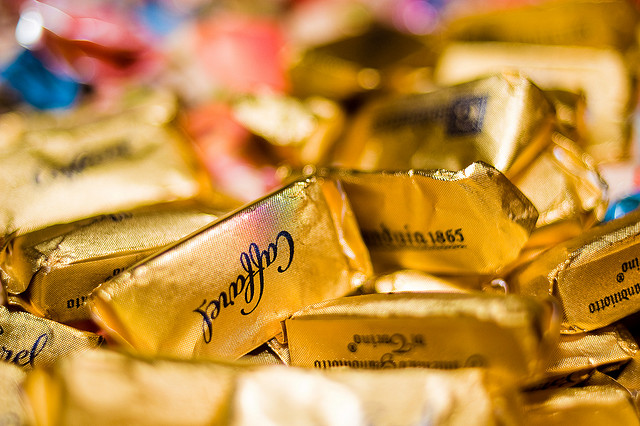
We have just mentioned some of the above: Caffarel, Perugina, Venchi, Novi, and Majani are still today the main names of chocolate in Italy, even though, unfortunately, some of them belong to foreign multinationals…
Majani
The company started as a small chocolatier laboratory in 1796, thanks to the inventive and initiative of Teresa Majani, who opened a “Laboratorio delle Cose Dolci” near the basilica of San Petronio. It became the official provider of chocolate products to the Savoia family just around the time of the Italian unification and was awarded prizes on the occasion of the Universal Fairs of Paris, in 1867 and 1878, Vienna (1873) and Milan (1881). Majani’s most iconic product remains, still today, the cremino FIAT, chocolate created in honor of the FIAT Tipo 4 car, in 1911.
Caffarel
Caffarel is not only important as one of the largest and best-known producers of Italian chocolate but also because it is the company that inspired the Swiss to start producing chocolate on an industrial scale. Founded in 1826 by Pier Paul Caffarel, an Italian of Occitan descent, it all began with a small chocolatier’s lab in Turin’s old historical center, where Caffarel used one of Bozelli’s machines to make chocolate. It was the first chocolate firm of its kind and created a good deal of curiosity, so much so a Swiss baker, the already mentioned Cailler, came to Turin to see what all the fuss was about. In 1845, Caffarel joined forces with a well-known Turinese chocolatier, Michele Prochet. It was him who, in 1852, invented one of Italy’s best-loved chocolates, the gianduiotto, made with cocoa, sugar, and Langhe’s hazelnuts (the “Tonda gentile” variety). It takes its name from Turin’s popular carnival mask Gianduia. Caffarel today belongs to Lindt and exports in 36 foreign countries.
Venchi
Venchi is probably less known than the previous two entries, but it has a long and delightful history, too. Also born in Turin, but with its headquarters near Cuneo today, Venchi specializes in the production of dark and gianduia chocolate. You may be familiar with it because the brand is usually present in Italy’s largest airports and train stations with its own stores. Its founder, Silviano Venchi, was only 16 when he became a “pasticciere.” In 1878, he opened his first chocolate laboratory, in the very central Via degli Artisti in Turin and soon his chocolates became popular. In 1960, Venchi, Unica, and Talmone joined forces and became one of the largest chocolate empires in Italy, until its dissolution, which left Venchi to operate on a much smaller scale. In 2000, things changed once more for the company, which acquired another famous Piedmontese cookie and Italian chocolate business, Cuba. With this acquisition, Venchi began focusing on gourmet chocolate, made only with natural ingredients, and invested in the world of gelato. Today Venchi is one of Italian chocolate’s best-known brands and also a renowned gelato producer. A curiosity: since 2007, Venchi provides chocolates and sweets to the Peace Nobel Price receptions.
Novi
Novi was born in 1903 in the Piedmontese town from which it takes its name, Novi Ligure. The company was initially conceived as a co-op for local confectionery producers and retailers. It is known especially for its gianduia chocolate and, in particular, for its variety with whole Piedmontese hazelnuts in it. Novi is part of the larger Elah-Dufour-Novi confectionary group, a leading Italian company in this sector, producing anything from chocolate and candies, to cake and creams mixes since the beginning of the 20th century. Famous and beloved are Elah’s toffee candies, a staple for generations of Italian kids. Recently Elah-Dufour-Novi has acquired another traditional name of Italian chocolate making, the Turinese Baratti & Milano.
Perugina
Last but not least, of course, we have Perugina, which is one of the best known Italian chocolate brands on the international market. the company was born in Perugia in 1908 with the name of “Società Perugina per la Fabbricazione dei Confetti.” The founding partners were Francesco Buitoni, Annibale Spagnoli and his wife Luisa, Leone Ascoli and Francesco Andreani. The company was one of the first to launch a prize competition for its customers: it happened in the 1930s when sales were low because of a sugar tax implemented by the government. On that occasion, Perugina joined forces with a famous radio show, I Quattro Moschettieri (the four musketeers), and offered several prizes, including a FIAT car. In 1935, Perugina entered the US market, with a store opening on New York’s Fifth Avenue. After the war, the company started producing chocolate at the fastest pace and for everyone. Production was diversified and chocolate bars and boxes created. In 1988, Perugina, a historical Italian name, is sold to Nestlé. Even though all its production plants remain in Perugia, Perugina is no longer Italian.
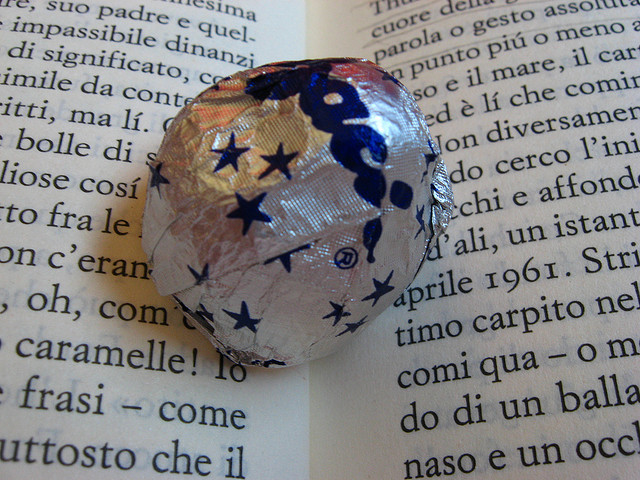
Artisanal Italian chocolates
Le Tre Fontane
As it often happens, it is smaller realities that truly change the game in business. This is certainly the case of the Italian chocolate industry. Some artisanal companies have been around for decades, as in the case of the Tre Fontane chocolate, produced in Rome by Trappist monks and sold in the same spot in the EUR area of the city since 1873. The only time when the laborious monks stopped production was during the two World Wars. And we can excuse them for that. Tre Fontane chocolate is produced in the monastery of Santi Vincenzo e Anastasio alle Tre Fontane and comes in several varieties, including milk, milk toffee, hazelnuts, dark, and 90% cocoa. All its ingredients are organic and the recipes followed are top secret!
More recent are the ventures of Amedei in Tuscany, Gobino in Turin and Domori in None, both in Piedmont.
Amedei
Amedei was born in 1990, thanks to the initiative of Cecilia Tessieri and her family, who opened a small lab to produce pralines. Slowly but steadily, Amedei increased its production, focusing more and more on rare and lesser-known varieties of cocoa. Tessieri eventually became a maître chocolatier, training a bit everywhere in Europe. Vintage chocolate-making machinery was acquired and became part of an ever-growing chocolate-producing lab. Today, Amedei makes chocolates, bars, and spreads of the highest quality and sells a bit everywhere in the world.
Gobino
Guido Gobino, the owner of Gobino and chocolatier, has chocolate making in his DNA. It was his father who started working in the world of Italian chocolate in 1964. As an artisanal producer of chocolate in Turin, Gobino had a long and honored tradition behind, a tradition the company decided to follow when investing in the production of Turin’s traditional gianduiotti, which they also reinvented, creating varieties made with dark chocolate and in smaller sizes. But Gobino is also known for the peculiarity of his creations and the creativity shown in his products, many of which have been awarded: in 2008, he received the prize for Best Praline in the World, for his sea salt and extra virgin olive oil chocolates. Between 2009 and 2011, Gobino also won the Tavoletta d’Oro three times, for its praline with a jasmine green tea ganache and decorated with matcha, for its gianduia spread and for its large gianduiotto, sold in slices, the Giandujone al taglio. In 2011, the London Academy of Chocolate awarded Gobino’s hot chocolate mix with the best natural soluble mix award.
Domori
Domori is another young Italian chocolate company, founded in 1997 by Gianluca Franzoni. His dream was to invest in creating Italian chocolate made with the rarest, most delicious of all cocoa beans, the Criollo. This variety was about to disappear when Franzoni acquired a Venezuelan farm, the Hacienda San José, and started cultivating it. Domori produces several types of chocolate bars and chocolate-covered fruit. Its “fusion” line includes cappuccino, sea salt, and mint flavors, among others, whereas its Criollo collection proposes several types of dark chocolate made with varieties of Criollo cocoa. Organic, artisanal, and unique are probably the best adjectives to define Domori’s chocolate.
Il Cioccolato di Modica
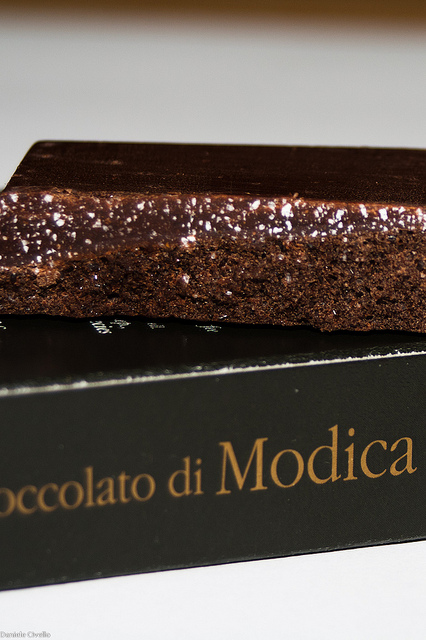
There is one last important Italian chocolate creation we need to present, the cioccolato di Modica. This chocolate, which has a P.A.T. denomination (Prodotti Agroalimentari Tradizionali Italiani) is produced exclusively in the Modica area of Sicily, using a traditional procedure and recipe, which confers to it a grainy, crumbly texture. It seems it was the Spaniards who brought to Sicily the recipe and the techniques to produce this chocolate, which is said to be just like the original xocoatl made by the Aztecs. The cioccolato di Modica is made using a traditional “lavorazione a freddo.” Through it, the cocoa mass (including cocoa butter) is heated up to make it fluid at a temperature no higher than 40 degrees celsius. Then cane sugar and spices such as cinnamon, vanilla, ginger, and chili are added to the mixture.
Best Chocolate festival in Italy
Last, but not least, here are some of the best Italian Festivals (one of our favourites is Cioccoshow) dedicated to Italian chocolate, as chosen by the Touring Club Italiano:
- Eurochocolate: Perugia
- Cioccoshow: Bologna
- CioccolaTò: Turin
- Chocomodica: Modica
- Fiera del Cioccolato Artigianale: Florence
- Cioccolentino: Terni
- Chocomoments: itinerant chocolate festival
If you want to do some great recipes with chocolate, we’ve got you ideas for that as well as for chocolate pudding. Also, don’t forget to check the best British chocolate brands either!
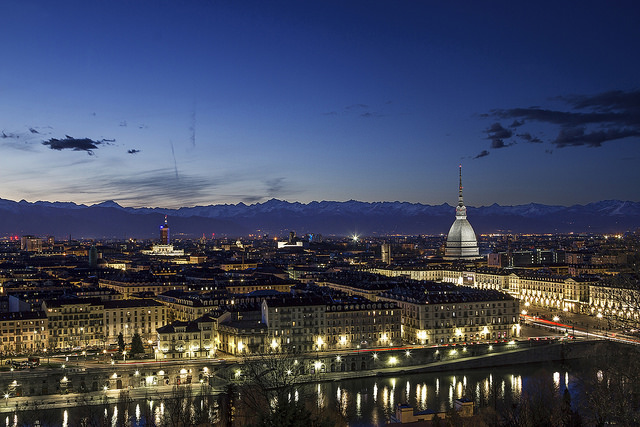
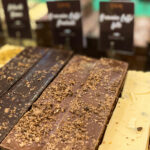



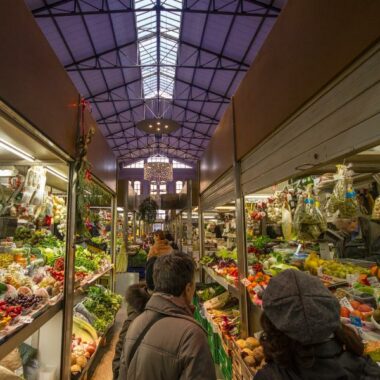




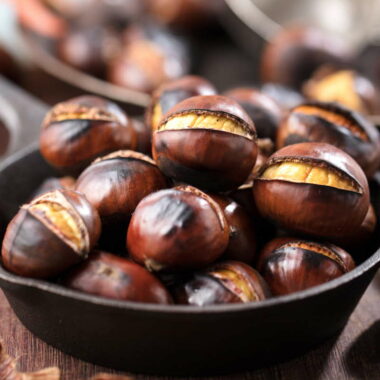

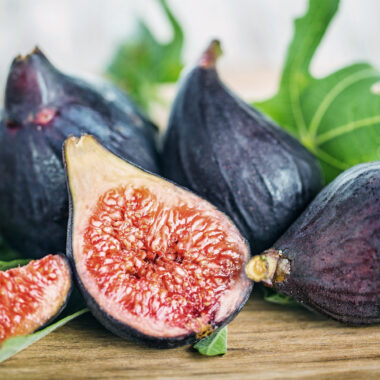
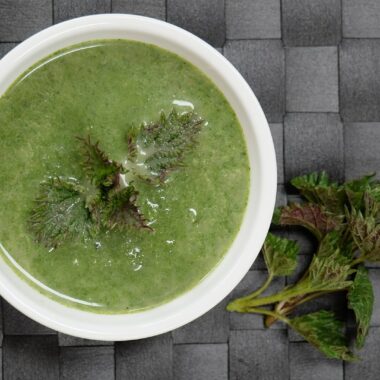
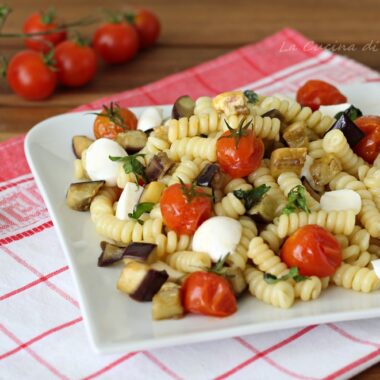

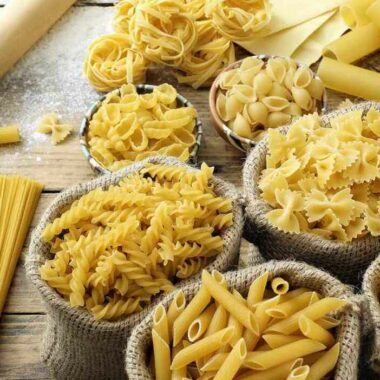
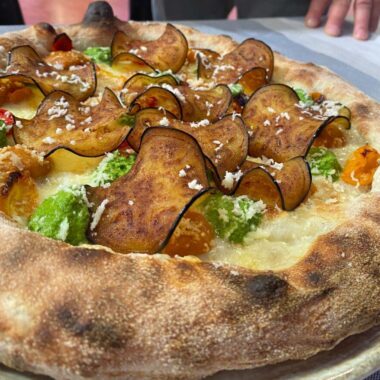
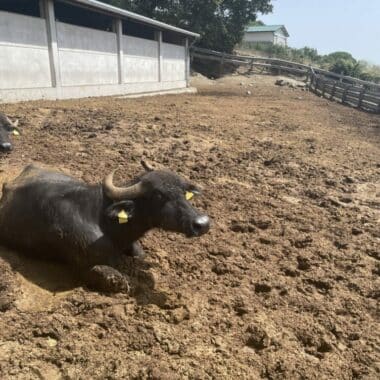
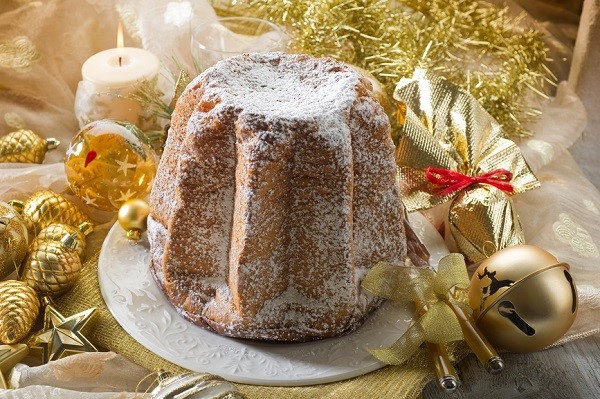
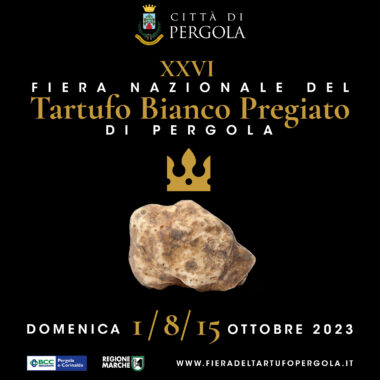
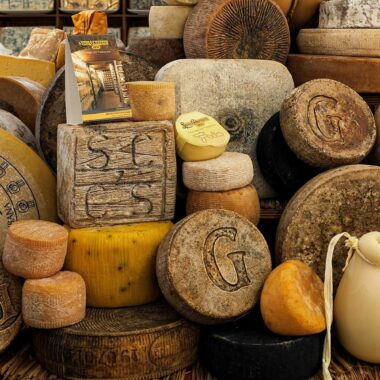

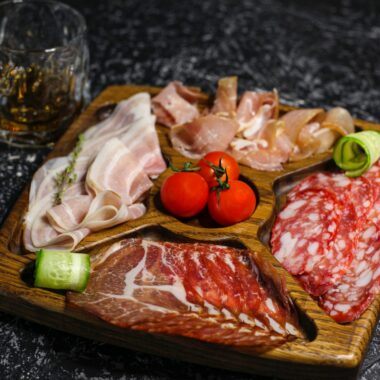
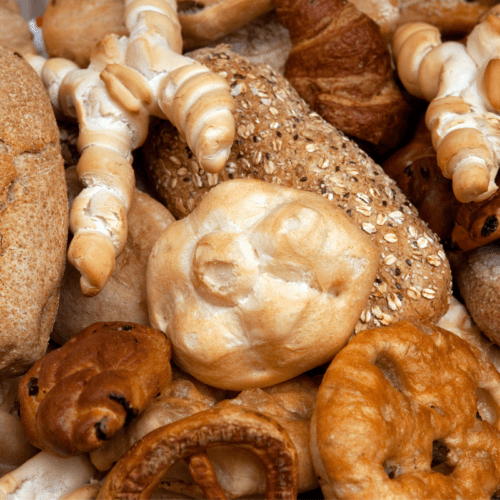
This was a very sweet article! Now how about a history of nougat? As a child at our yearly St.Rocco parish feast in Newark NJ a nougat maker made table-sized sheets that he sold by the nickel. In Venice(poor wet city!) last April a nougat store was a high point. It cost more but was just as good, and was gone before we were back in Boston!
Where can I but Italian chocolate?